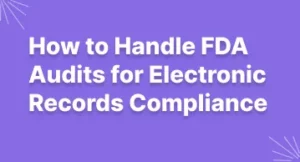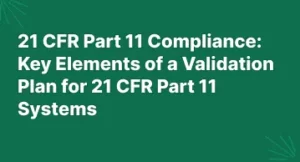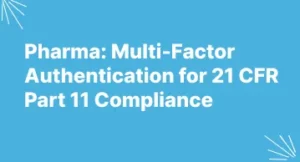5 Myths About Electronic Signatures You Must Stop Believing
Over the years, we have witnessed unprecedented transformation on the technological front, which has probably doubled these days due to COVID-19 crisis. The reason? It is risky – carrying out manual and paper-dependent processes as social distancing is the new normal. So, almost everyone is trying to take their business processes online. In order to eliminate these risks, electronic signatures have turned out to be the savior.
Yet despite being one of the best technological innovations, electronic signatures were not put in much use. But now it has entered the mainstream culture in many businesses. The reason being it a reliable approach to carry out document transactions without physical interaction. But there are few businesses which still prefer to rely on paper-based processes.
What stops business from adopting e-signatures without a second thought?
Since electronic signatures have been offering enormous benefits to consumers and businesses, it has still been hit with many misconceptions. These myths cause unnecessary skepticism and become one of the reasons that businesses still fuss with an outdated “print, sign, scan” routine.
Henceforth, we debunk the 5 common myths attached with Electronic Signatures. In this blog post, we’ll bust them one by one. So, let’s start-
Myth #1
eSignatures aren’t legally binding.
That’s not true! Instead, electronic signatures are a secure and legal alternative to wet signatures. If one can give a viable proof of the consent and intent of the signatures carried out electronically then it is legally equivalent to handwritten signatures. In fact, more secure than a handwritten one.
Still apprehensive? Check this out: Legality of eSignatures. Here, you will get to know about the types of eSignatures and their legal standings that are similar to transactions carried out on paper.
Myth #2
There’s no difference between eSignatures and digital signatures.
Again, not true! The main reason behind this myth going viral is that these terms have often been used synonymously. Although they are completely different from each other. Digital signatures are accompanied by a uniquely assigned digital certificate key, while on the other hand, electronic signatures are accompanied by verified data that identifies the signer. This is not just the only difference between the two, so it becomes important to understand the difference in detail. Check this link for more details on how these 2 signature types differ: Digital Signatures Vs. Electronic Signatures.
Myth #3
Electronic signature is an unnecessary expenditure, and all solutions are the same.
Well, that’s not true either. If you still believe so, then list down the types and number of documents being transacted to carry out your business processes. Once done, calculate the shipping/mailing expenses, printing costs, and costs involved in the processes. You will have a fair idea that these are just a few of the unnecessary expenditures that can be eliminated by switching to electronic signatures.
All solutions are the same is another myth. The electronic signature solutions vary from each other on the basis of functionality and, most importantly, the cost. Here, you will get to see a detailed comparison of MSB Docs vs. DocuSign.
Myth #4
The only way to close a deal is face-to-face. eSignature will delay the process.
Another common myth attached to electronic signatures is that they delay a process, which is far from true. In fact, electronic signatures help you close deals faster from anywhere using any device. Any amendments in the agreements or contracts are easy to do without the hassle of printing, sending, editing and resending. All the changes are tracked and can be used for future reference. Some digital signature providers like MSB Docs help you create easy conditional workflows for signing contracts. Get more information on how you can close more deals faster .
Myth #5
It’s a lot of hassle to set up.
Well, if you really think so, then book a demo with some e-sign providers. With customizable workflow and document templates, your organization’s paper-based processes will move to digital in no time. The drag and drop option of signature tags anywhere in the document lets you highlight which sections needs signatures. With a single click, you can send these documents for signing or reviewing to multiple people (and store them for record keeping). So, nothing could be easier than that!
Conclusion
Hopefully, we delivered greater clarity over these myths. If there’s any other myth that you think we have not covered here, you can get in touch with our team of experts. We assure you’ll find most of your answers with MSB Docs.





